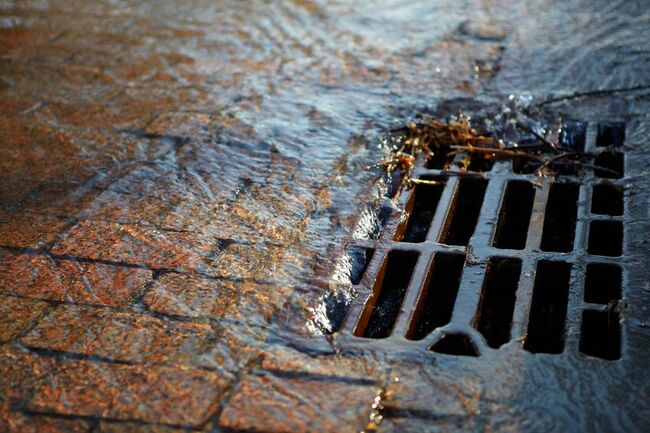Views
We must invest in our sewers. Regardless of their age.

The water industry is complicated. I write that not to patronise or belittle but as a statement of fact. It is not an esoteric complexity, however – far from it, it can be explained and understood – but oversimplification risks misunderstanding, misrepresentation and helps no one. A case in point is the recent media coverage about the age of the sewer network in England and Wales.
First, some facts. There are over 500,000 kilometres of sewers in this country, about a fifth of which is “combined”. It is given that name because, for those 100,000km of pipe, sewage from homes is combined together with rainwater that has run into drains in our streets and roads. Overflows were built into this combined pipe to stop flooding during storms, and it is these overflows that are responsible for the many spills we see up and down the country and the associated, justified, public outrage.
The remaining 400,000km of our sewers largely involve separated pipes without overflows. When industry talks – as we did in May - about “overhauling our sewage network” we are not referring to this newer part, because (with a small number of exceptions) this does not have any overflows on it. The facts and figures we gave during our announcement were consistent with the 100,000km of combined sewer that is causing all of our problems.
A local activist group has looked at the combined average age of our sewers, analysing all 500,000km of combined and separate networks together – including the modern bits not causing problems. They point out that the average age of this combination is more recent than the Victorian era, despite the water industry talking about upgrading ‘Victorian’ sewers, and have accused industry of being misleading. They go on to try to analyse number of spills in various ways that make no sense – for example, by reference to the length of network built since 2001 (will not have had any material impact either way on spill numbers, because modern pipes almost never have overflows on them).
All of this it rests on a fundamental misunderstanding of how the networks operate. The point is that it is only the old, combined network that is important when considering overflows. It is this that is extremely aged (indeed, much of it is in fact Victorian) and this is therefore the focus of our investment and attention.
Frustratingly, the principle that campaigners are trying to prove is one we agree with. We have said that water and sewerage companies should have done more to tackle spills from overflows. We share their view that investment in the sewer network is insufficient (though for reasons that are themselves far more complicated than activists allege) and we agree that wastewater investment needs to be steeply and urgently increased.
Though they’d never admit it we share the same goal and, thanks in part to their campaigning, water and sewerage companies are proposing to spend £10billion to transform the sewage network in England. But we cannot oversimplify the complexity of the challenge we face. Doing so risks misleading our customers and supporters. And ultimately that will make the changes we all want to see harder to achieve.




